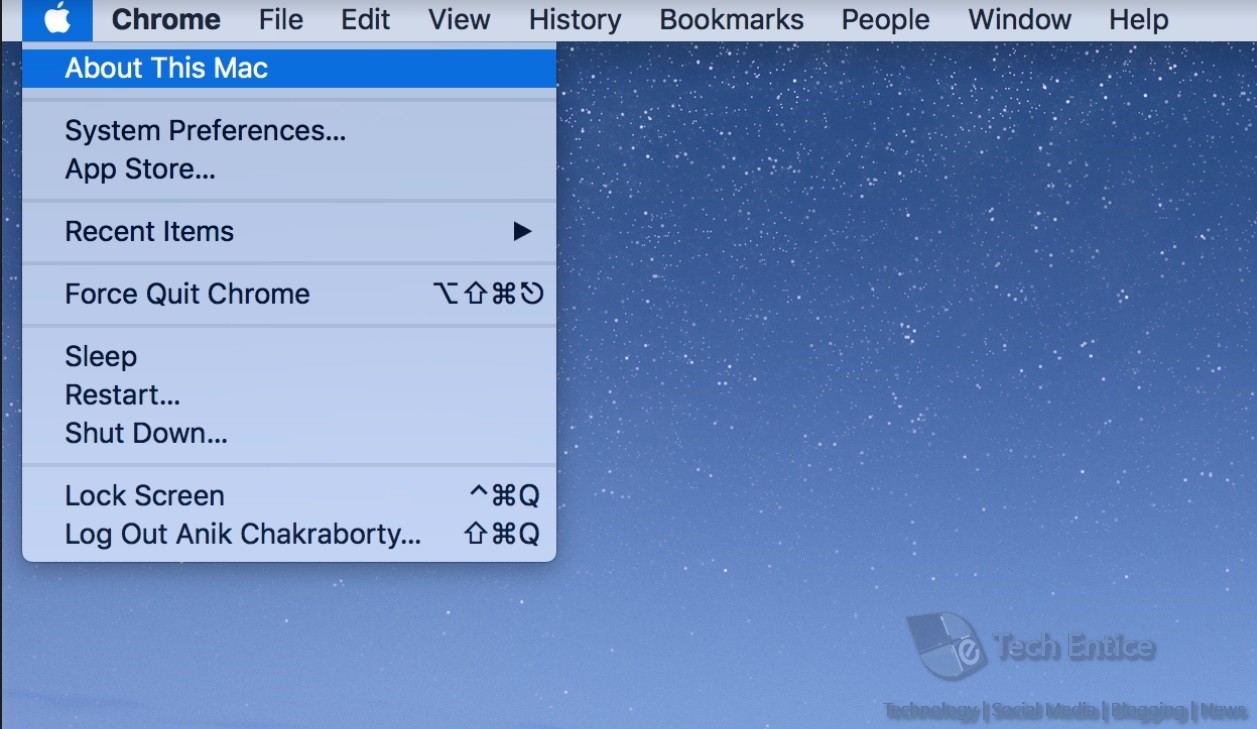

- #MAC TERMINAL FORCE EMPTY TRASH MAC OS X#
- #MAC TERMINAL FORCE EMPTY TRASH ARCHIVE#
- #MAC TERMINAL FORCE EMPTY TRASH DOWNLOAD#
- #MAC TERMINAL FORCE EMPTY TRASH MAC#
MAC is a makeup brand that is beloved by both makeup artists and everyday makeup lovers alike. (67967) View answer in context ★ Helpful sourabhv Level 1 (9 points)Do you love makeup? If you do, then you’ll want to know about MAC Cosmetics.
#MAC TERMINAL FORCE EMPTY TRASH MAC OS X#
Trashes/501 as the path the number may vary, but will always be the same for a given Mac OS X user account. For the Trash on other drives, open them in the Finder and provide. You can also select the "Go to the .Choose Go to Folder from the Finder's Go menu and provide ~/.Trash as the path. However, if you still cannot find Trash on Mac, you can go to the Dock. To work around this, the remote deployment solution may be configured to call first a dummy script that in turn calls the removal tool without any extra arguments.How do i find the trash folder on my mac Usually, the Trash folder is on your Mac's desktop. Remote deployment solutions (Casper, JAMF, et al) that automatically populate shell script arguments ($1, $2, etc) with other data may cause the Symantec tool to throw an error. Any arguments they receive are each assumed to be potential installation points for Symantec products. Symantec provides support for SymantecRemovalTool/RemoveSymantecMacFiles only when running them locally it is the customer's responsibility to integrate SymantecRemovalTool with Apple Remote Desktop or other remote deployment tools.īoth of these tools require no arguments. For more information, please see the readme file included with the SymantecRemovalTool download. As with RemoveSymantecMacFiles, all files and folders that Symantec Mac products have created will be removed therefore, you will lose all files that reside in those folders, including any that you have created manually. It requires no user input when running as root.

SymantecRemovalTool (SymantecRemovalTool.zip) is a modification to RemoveSymantecMacFiles, designed to be pushed out using customer's choice of remote deployment tool. On the Terminal menu, click Quit Terminal.

The utility RemoveSymantecMacFiles removes all files within Symantec-installed folders, even those you may have created yourself.To quit RemoveSymantecMacFiles without removing any files, type 2.To remove all Symantec files and folders, type 1.NOTE: When you type your password, no characters appear.Type your macOS password, and then press return.If an OS security prompt appears (". can't be opened because it is from an unidentified developer") then use control-click to open and bypass security prompt (see Open a Mac app from an unindentified developer for more information).Double-click mand (if you do not display file extensions, it appears as RemoveSymantecMacFiles).Open the RemoveSymantecMacFiles folder.NOTE: To use this tool, you must be logged in to the Macintosh with an Administrator account with a non-blank password.
#MAC TERMINAL FORCE EMPTY TRASH ARCHIVE#

#MAC TERMINAL FORCE EMPTY TRASH DOWNLOAD#
To download and run RemoveSymantecMacFiles: It removes all files and folders for ALL Symantec and Norton products for Mac, including any contents you have created yourself within those folders. WARNING: RemoveSymantecMacFiles does not target a single Symantec product.


 0 kommentar(er)
0 kommentar(er)
